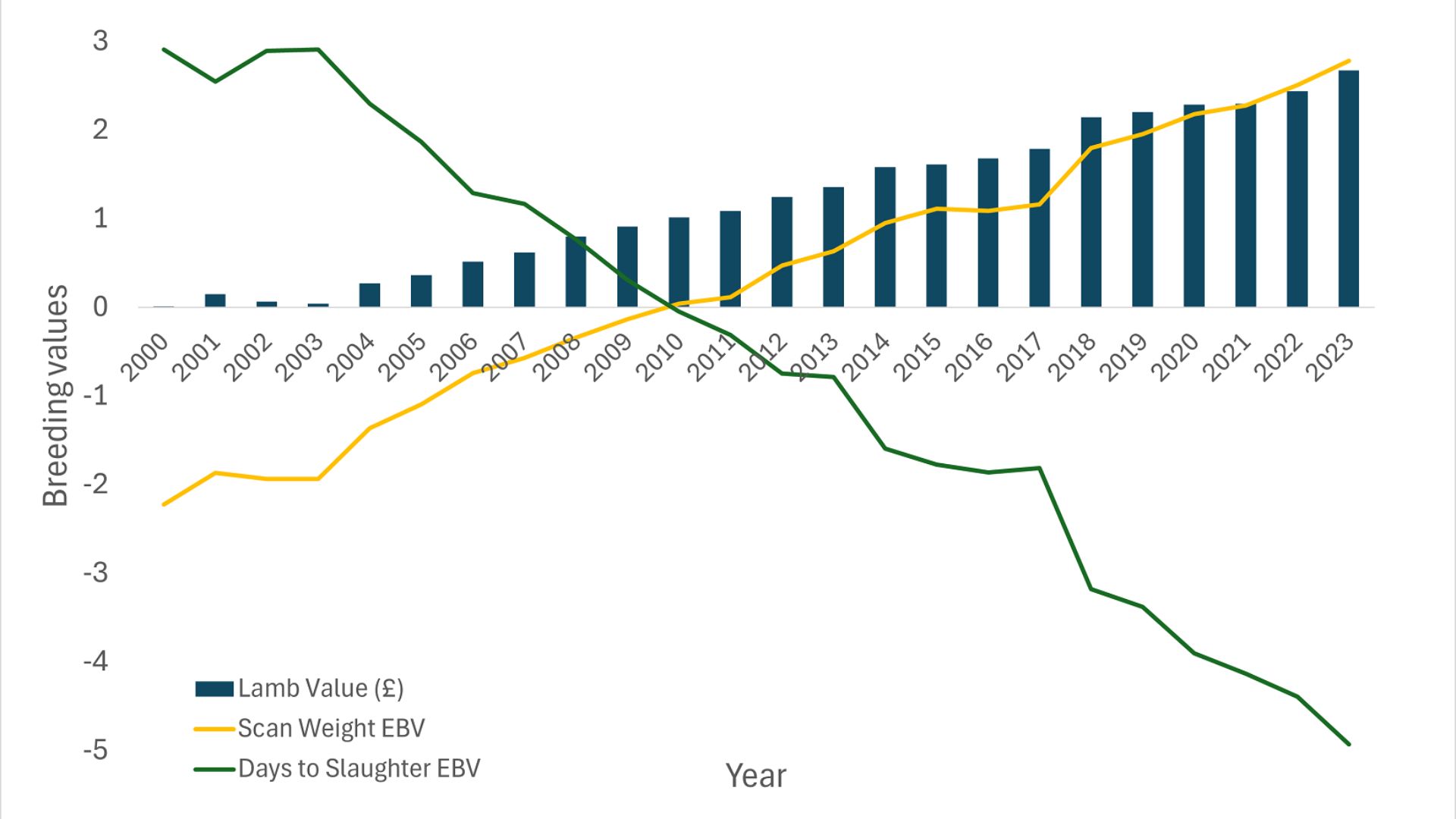I am the Manager of Signet Breeding Services, within the AHDB.
Enthusiast on all things genetics to do with sheep and cattle and currently also supporting Bridget Lloyd in running the @RamCompare progeny test with ~18,000 lambs/annum.
I am also involved with the:-
- Relaunch of Terminal Sire Breeding Programmes (Sheep)
- AHDB lead for the Welsh Sheep Breeding Project run by HCC - working with Innovis, HCC and Janet Roden
- Database design and development for this website
- National Sheep Breeds Survey
- Development of Carcase Trait EBVs in Beef Cattle
- Formerly involved with the delivery of the Welsh Sheep Strategy, Northern Upland Sheep Strategy, Suckler Cow Project, Highlands and Islands Sheep Strategy
I can be followed on Twitter @SamBoonBreeding

